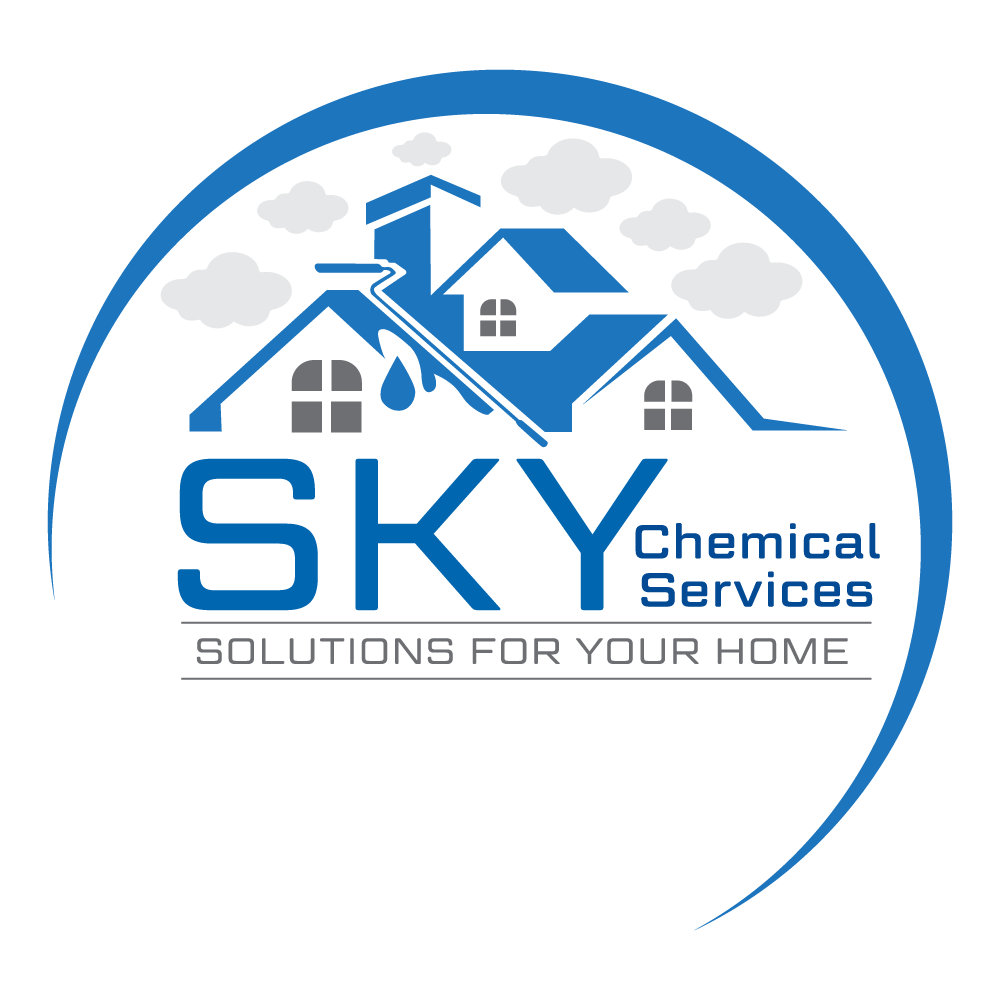
Waterproofing a Bathroom Ceiling is necessary to prevent water ingress, mold growth, and structural deterioration. Bathrooms are high-moisture areas, susceptible to leakage from different parts, especially the top.
Let’s discuss the steps, parameters, and characteristics of bathroom (ceiling) waterproofing:
How to Waterproof a Bathroom Ceiling?
-
Choose the Right Materials
Selecting the appropriate materials is the first step in waterproofing your bathroom ceiling:
Waterproof Drywall (Greenboard)
Greenboard is moisture-resistant and is designed for wet areas. It is an ideal choice for bathroom ceilings.
Cement Backer Board
Often used as a base for tile installations, cement backer board is a durable and water-resistant material for bathroom ceilings.
PVC Ceiling Panels
PVC (polyvinyl chloride) ceiling panels provide a smooth, clean surface. They are considered as a cost-effective option.
Read More
Bathroom Waterproofing: What You Need to Know
How to Spray Polyurethane on Different Surfaces?
How to Apply Chemicals for Water Leakage Solutions in Pakistan?
How to hire experts for bathroom leakage repair in Karachi?
-
Surface Preparation
Before you can begin applying the materials, it’s essential to prepare the ceiling surface:
- Remove any existing ceiling materials, such as drywall or plaster.
- Repair any cracks or imperfections to ensure a smooth surface.
- The ceiling frame should be sturdy and free from structural damage.
- Clean the surface to remove dust, dirt, and any residual materials.
-
Apply Waterproof Membrane
To add an extra layer of protection, apply a waterproof membrane to the ceiling surface. There are several types available:
Liquid Waterproof Membranes
Liquid membranes form a tough waterproof barrier after the curing process. Experts use various tools, such as brushes, rollers, or sprayers for application.
Sheet Membranes – Bathroom Ceiling
Sheet membranes are applied for more protection to the ceiling. These coverings are used in combination with other waterproofing methods. Apply the chosen waterproof membrane according to the manufacturer’s instructions, paying close attention to corners, seams, and edges.
-
Install Waterproof Material
Depending on your choice of materials, you can install waterproof drywall, cement backer board, or PVC ceiling panels. Follow these steps for each material:
Waterproof Drywall (Greenboard)
Install greenboard by using appropriate screws or nails. The process should leave a small gap between panels to allow for expansion. Seal the seams with joint compound and reinforce them with fiberglass mesh tape. Finish by applying a waterproof paint or sealer.
Read More
How Bathroom Leakage Repair in Pakistan Beautify Your House?
How to Hire Experts For Bathroom Leakage Repair in Karachi?
How to Control Leakage and Seepage in Pakistan Using Chemicals?
Cement Backer Board
Cut the boards to fit the ceiling: Fill gaps and seams with thin-set mortar and apply fiberglass tape over seams. Once the mortar is dry, you can tile directly onto the backer board for waterproofing.
PVC Ceiling Panels
Install PVC panels with an interlocking tongue-and-groove system, ensuring a secure fit. Use adhesive or screws to attach the panels to the ceiling joists. Seal gaps with waterproof caulk.
-
Seal Joints and Edges
Sealing joints, edges, and corners is crucial to prevent water from seeping through. Use a high-quality, waterproof caulk or sealant to seal all seams, corners, and around any fixtures, such as lighting or ventilation. Make sure to follow the manufacturer’s recommendations for the specific product you’re using.
-
Ventilation
Proper ventilation is essential to prevent humidity buildup and expel moisture-laden air. Install an exhaust fan adequately sized for the bathroom and run it during and after showers to reduce condensation.
-
Regular Maintenance
Waterproofing your bathroom ceiling is a preventive measure. However, it’s essential to perform regular maintenance to ensure its effectiveness. Inspect the ceiling for any signs of damage, discoloration, or water stains. If you notice any issues, address them promptly to prevent further damage.
Bottom Line
Waterproofing a bathroom ceiling is a vital step in maintaining the integrity of your home. The choice of materials and methods should be based on your specific needs, budget, and preferences. The key to a successful waterproofing project is thorough preparation, the correct installation of moisture-resistant materials, and meticulous sealing of seams and joints. By following these steps, you can ensure that your bathroom ceiling remains dry, safe, and free from water damage for years to come.
To book an appointment with Sky Chemical Services, call or email today!
Frequently Ask Questions
Q. What type of ceiling is best for a bathroom?
A. Moisture-resistant ceilings like PVC panels, cement board, or moisture-resistant gypsum board are ideal for bathrooms.
Q. Which ceiling board is best for a bathroom?
A. Cement board or moisture-resistant gypsum board is the best choice due to their durability and water resistance.
Q. How do I waterproof my bathroom ceiling?
A. Waterproof your bathroom ceiling using a waterproof primer, sealant, or humidity-resistant paint.
Q. What is the best board for a bathroom ceiling?
A. Moisture-resistant gypsum board or cement board is highly recommended for bathroom ceilings.
Q. What material to use for a bathroom ceiling?
A. Use water-resistant materials like PVC panels, cement board, or moisture-resistant gypsum board for bathroom ceilings.
Q. Is PVC ceiling good for a bathroom?
A. Yes, PVC ceilings are excellent for bathrooms as they are water-resistant, durable, and require minimal maintenance.
